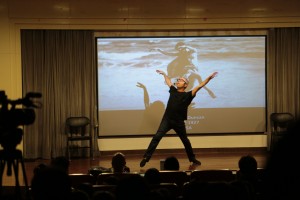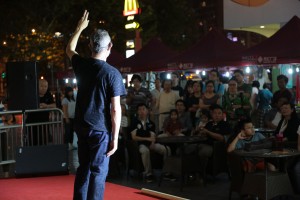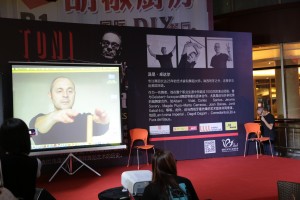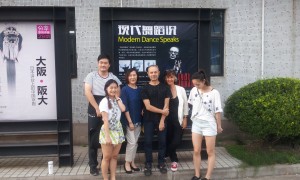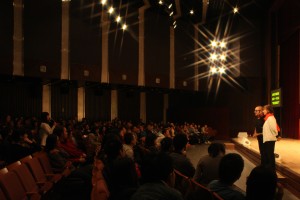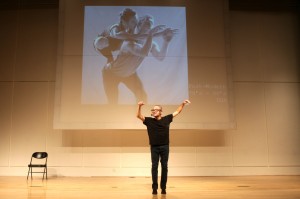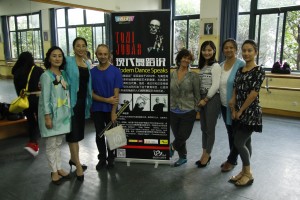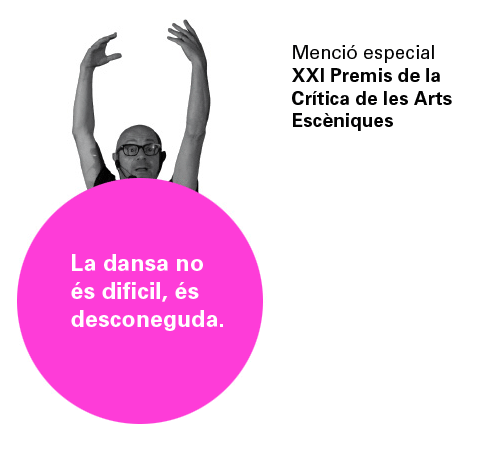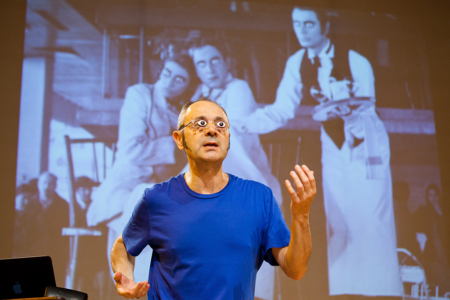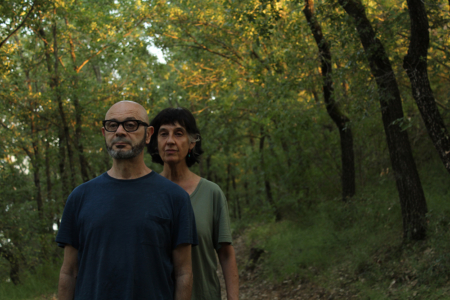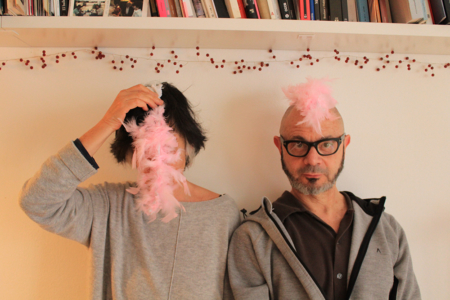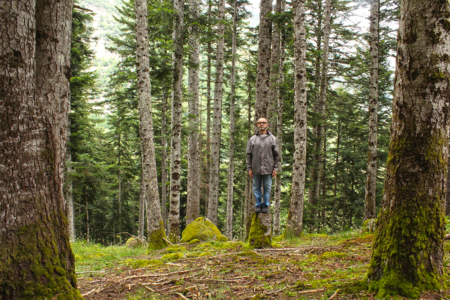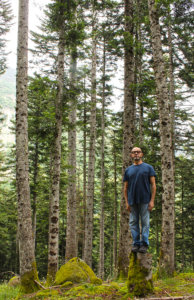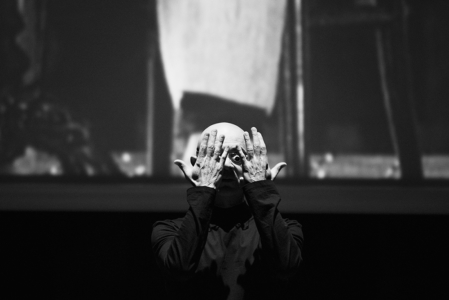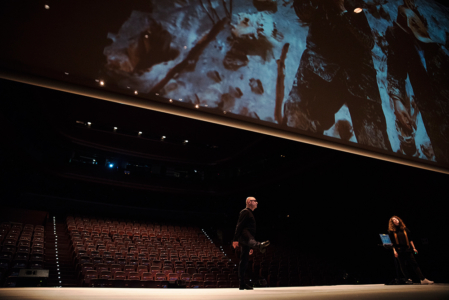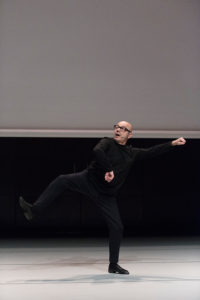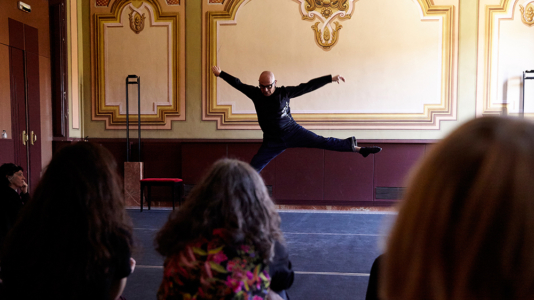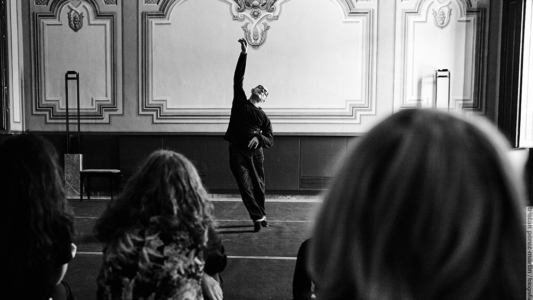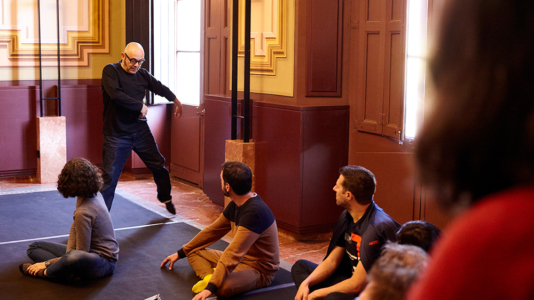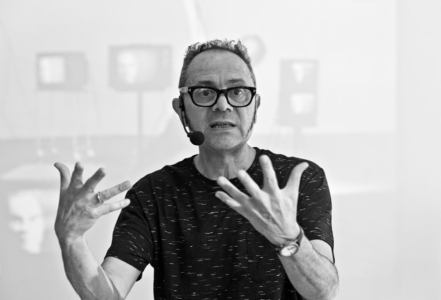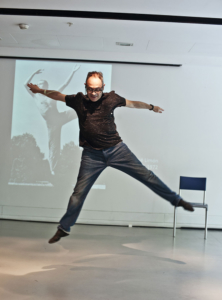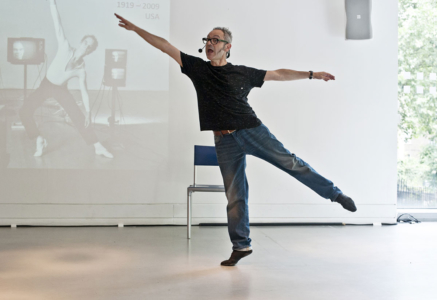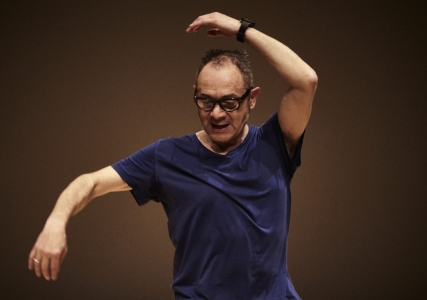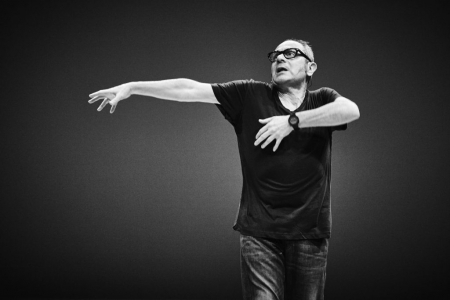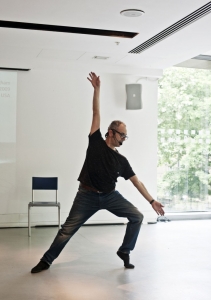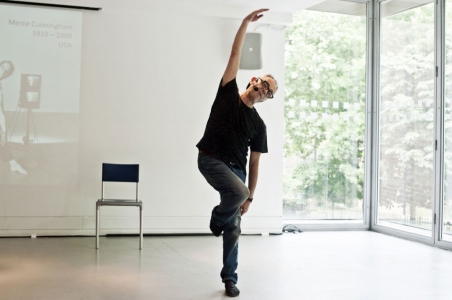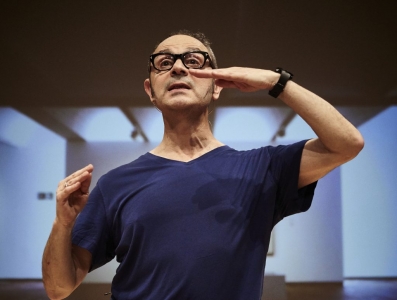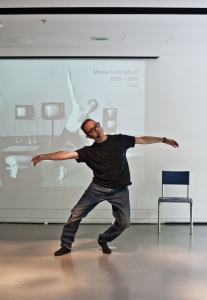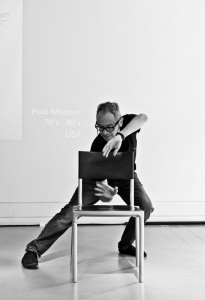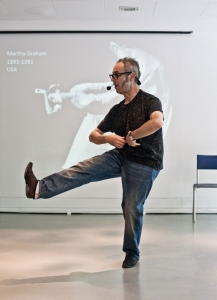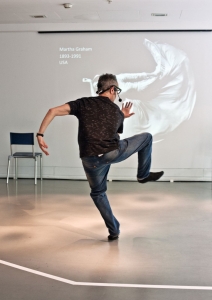China 2014 Clip
China; that immense country where measures seem to have no limits. Everything is large and this is its proportion. The opportunity to work in such a different and unknown continent again, has forced us to leave our comfortable, measured, well-known and of course, well-loved environment. The effort needed to express oneself takes energy and patience. Communicating with another human being who does not speak like you, does not move or even eat like you, does not think or act like you do, but somehow, feels like you do.
Ten performances, in different locations to those we visited in 2013, the majority in Shanghai, two in Hangzhou and one in Beijing Peking University. Once again, we connected with a curious audience (especially when it came to question time), keen to discover contemporary codes and practices. This time, university level dance students were our main takers. Contemporary dance? It’s not easy to understand. It’s still hard to grasp the borderlines between the academic, the classical style and the contemporary. Nor is it easy to understand the nuances between, for example, emotion/non-emotion. As in Merce Cunningham’s famous phrase: “Dance is not emotion but motion”. How can we not stir emotions? Why is Modern Dance harder for us to understand, as opposed to Classical dance with its easily read narrative? They ask us.
In general, it always ends with a special thanks to Toni for explaining and communicating so much in such a short space of time and with such passion. The information they are offered in 60 minutes becomes an opportunity to put everything they have studied into order: “Toni, you haven’t mentioned Doris Humphrey, where does she fit into your historical landscape? ”
It was interesting to see how some contemporary dancers and choreographers from Shanghai take a somewhat ‘conservative’ stance when it comes to the prospect of fusion or mix between traditional Chinese and contemporary Western corporal practices and languages. They state these practices belong to a ‘traditional’ or ‘sacred’ realm and should therefor remain there. Nevertheless, other performers believe that ‘hybridization’ between body cultures is possible, so long as there is a deep knowledge of the subject matter in question to avoid superficial constructions or copies.
Once more an extraordinary tour, journey and learning curve.


